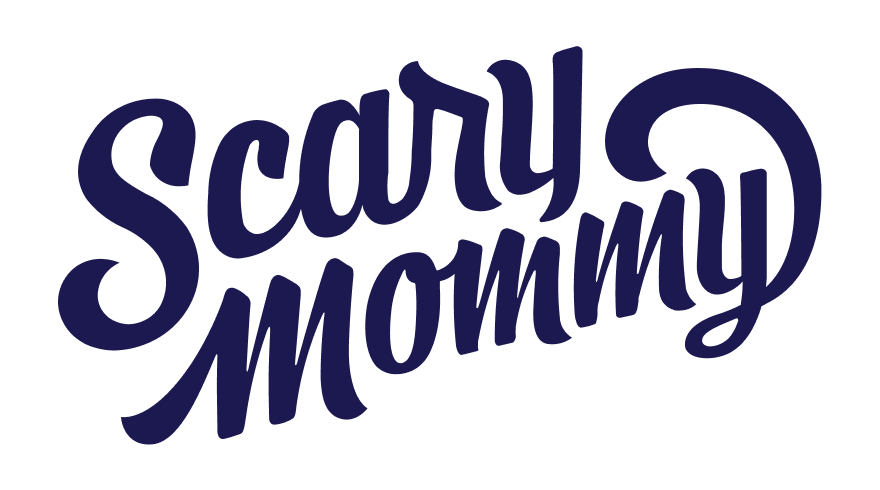Carl Rogers and Richard Farson coined the term active listening in 1957, writing that "active listening is an important way to bring about changes in people...[it] brings about changes in peoples' attitudes toward themselves and others; it also brings about changes in their basic values and personal philosophy." Hearing someone is easy; active listening is hard work. It requires our full mental capacity, so active listening is as draining as it is rewarding. Yet at a time when companies are confused about how to behave, it is important to remember something so simple, so basic. Active listening means paying deep and close attention to how employees and customers are doing. It means taking the deliberate time to understand how they might be feeling, and why they might be feeling that way. This isn't about investing shrinking budgets into big research studies. It's about taking the time required to understand what problem empathy is trying to solve before jumping to a presumed solution.
The reality is that active listening requires deliberate time and effort. It means having difficult conversations with employees and customers. Intention, discussion, and commitment are all at the heart of what it means to engage in active listening for employees and consumers alike. - Eric Solomon


No comments:
Post a Comment